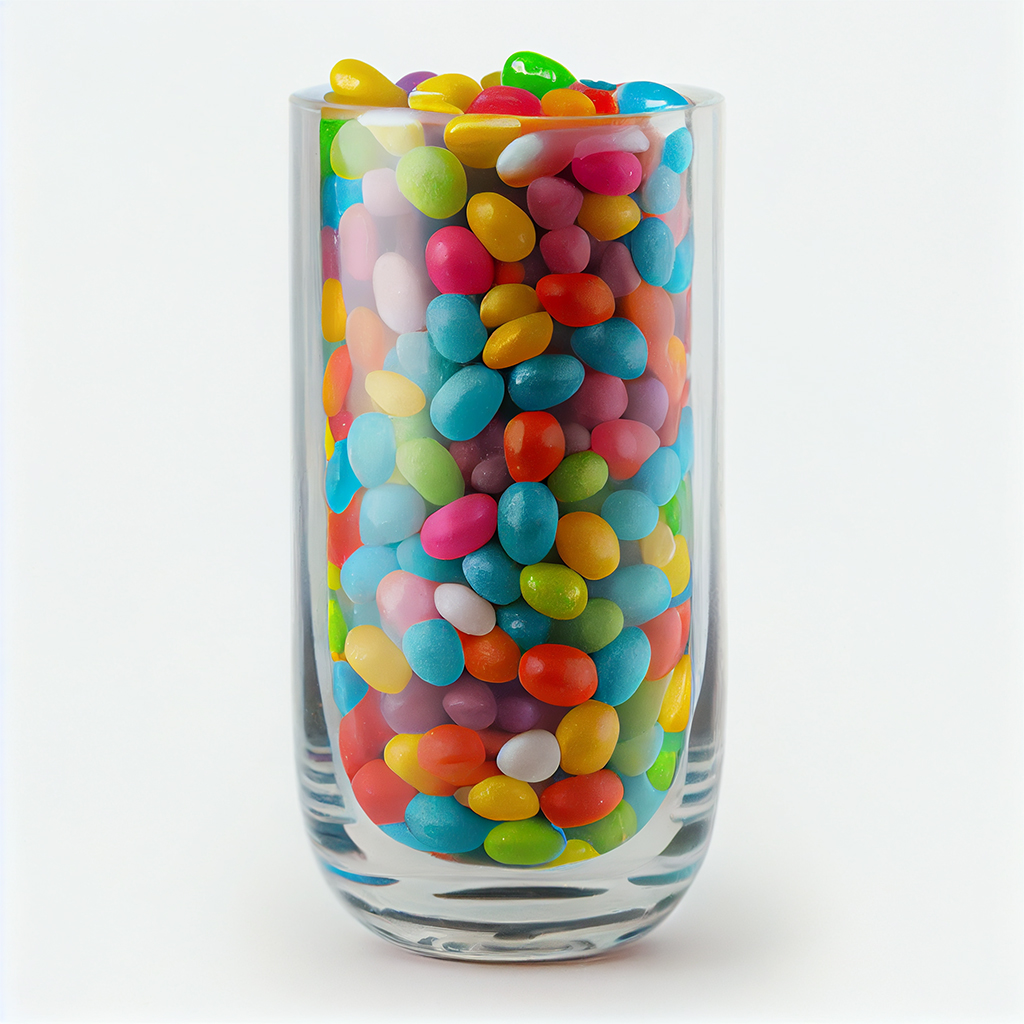Is AI-Generated Art any good?

Artificial intelligence (AI) has come a long way in recent years, and one of the areas where it has made significant progress is in the generation of art.
AI-generated art can take many forms, from digital paintings and drawings to music and videos.
One of the main advantages of AI-generated art is its ability to create unique and diverse styles. Because AI algorithms can be trained on large datasets of existing art, they can learn and mimic a wide variety of styles and techniques. This means that AI can generate art that looks like it was created by a human, or art that is entirely new and different.
Another advantage of AI-generated art is its ability to create art at a much faster rate than a human. Because AI algorithms can process large amounts of data quickly, they can generate art much faster than a human can. This is especially useful for creating large quantities of art for commercial or advertising purposes.
However, it’s important to note that AI-generated art is not without its limitations. One of the main challenges with AI-generated art is that it can lack the emotional depth and meaning that is often present in human-created art. While AI algorithms can be trained to recognize patterns and generate art that looks good, they may not understand the underlying emotions and ideas that make art truly powerful.
Another limitation is that while AI-generated art can be quite realistic and detailed, it is still not able to replicate the creativity and originality of human-created art. AI can only generate art based on the data it has been trained on, and it is not capable of creating truly original art that comes from the heart and soul of the artist.
Additionally, as AI-generated art is based on data and algorithms, it also raises ethical questions about authorship and originality. The question of who should be credited as the creator of AI-generated art is still being debated, and the use of AI-generated art in commercial contexts raises questions about the legal and ethical implications of using art created by a machine.
Despite these limitations, it is important to note that AI-generated art is still a relatively new field and it is likely to continue to improve and evolve as the technology advances. In the future, it is possible that AI will be able to create art that is more emotionally rich and original, and that the ethical issues surrounding AI-generated art will be resolved.
In conclusion, AI-generated art has many advantages, including its ability to create unique and diverse styles and its ability to create art quickly. However, it also has some limitations, including its lack of emotional depth and originality. As the field of AI-generated art continues to evolve, it will be interesting to see how these limitations are addressed and how AI-generated art will be used in the future.

